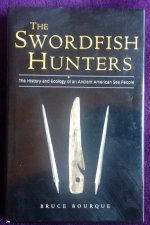stephenyoung
Newbie
- Apr 17, 2017
- 1
- 3
- Primary Interest:
- All Treasure Hunting
I live near South Berwick Maine off of the Salmon Falls River. While I was digging in the garden I came across this stone and immediately thought that it was hand carved. Im having a hard time identifying it online, but it looks like a Gouge, but cant be sure.
It is VERY smooth on one side, and on the "inside" it is grooved and doesn't look natural.
Any help would be appreciated!!
Thanks!!
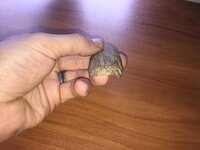
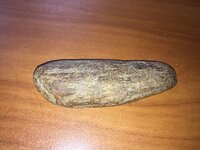
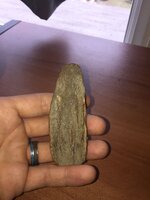
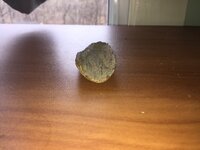
It is VERY smooth on one side, and on the "inside" it is grooved and doesn't look natural.
Any help would be appreciated!!
Thanks!!




Upvote
0



